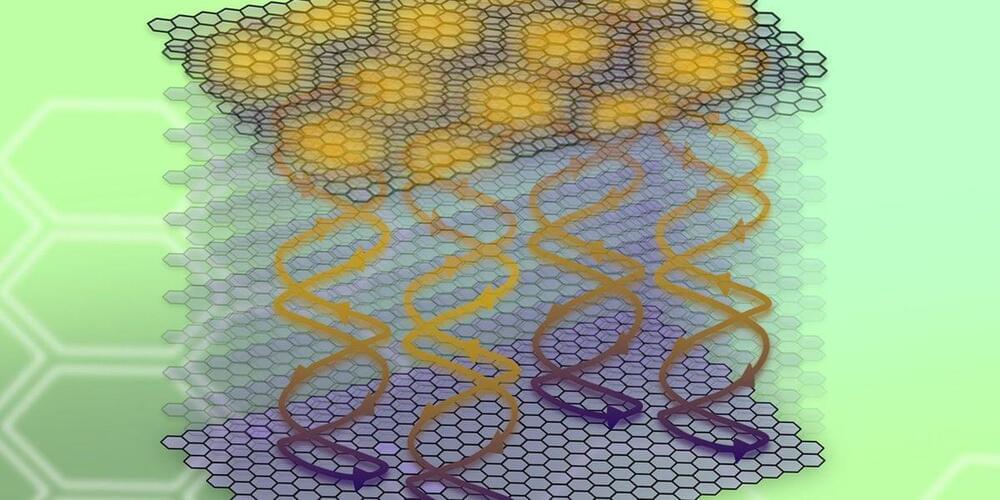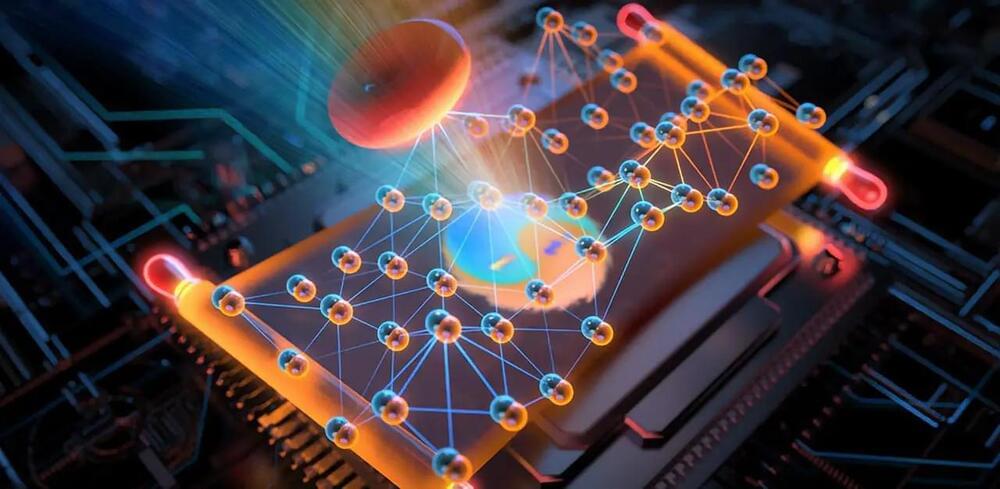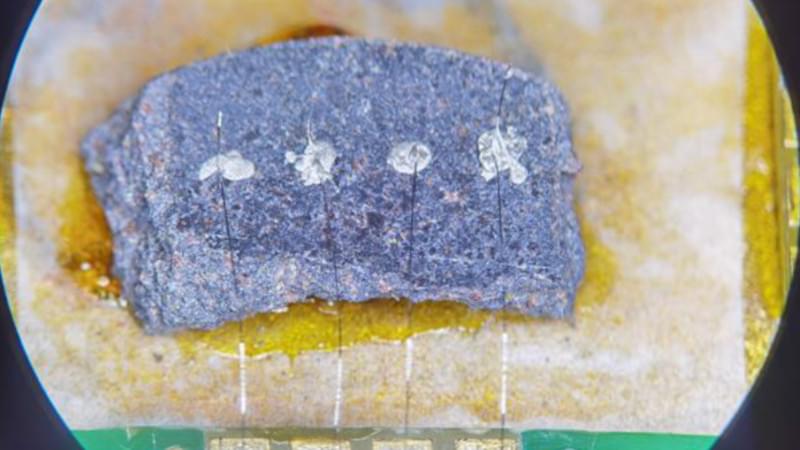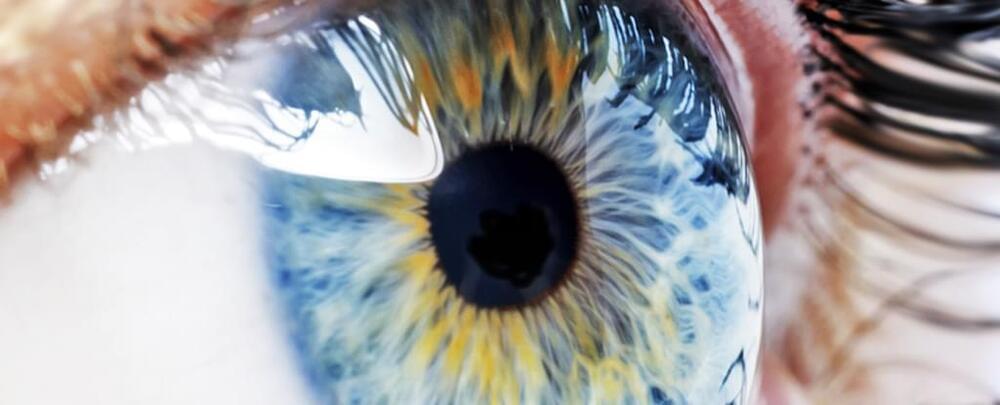While the superconducting properties and strong electron correlations observed in two-dimensional moiré superlattices do not persist in the three-dimensional bulk material, the teams’ observed Brown-Zak oscillations suggest that the bizarre characteristics of the 2D systems can be adopted even within thick graphite stacks. There may be a path toward reintroducing these more fascinating properties into bulk materials, Yankowitz says.
Moreover, the persistence of certain 2D behaviors in such thicker structures may explain some odd behaviors of graphite that have been observed as far back as the 1970s. “The behavior of graphite in a very strong magnetic field has been a bit of a mystery for a long time,” says Allan MacDonald, a physicist at the University of Texas at Austin, who did not participate in the work. “And these new papers may give a new handle on trying to understand what’s going on.”
This, Yankowitz says, opens up a new avenue of research in studying hybrid-dimensional materials. “Where this will lead right now is unclear, but it’s the foundation of understanding these new types of hybrid 2D-3D systems,” he says.




